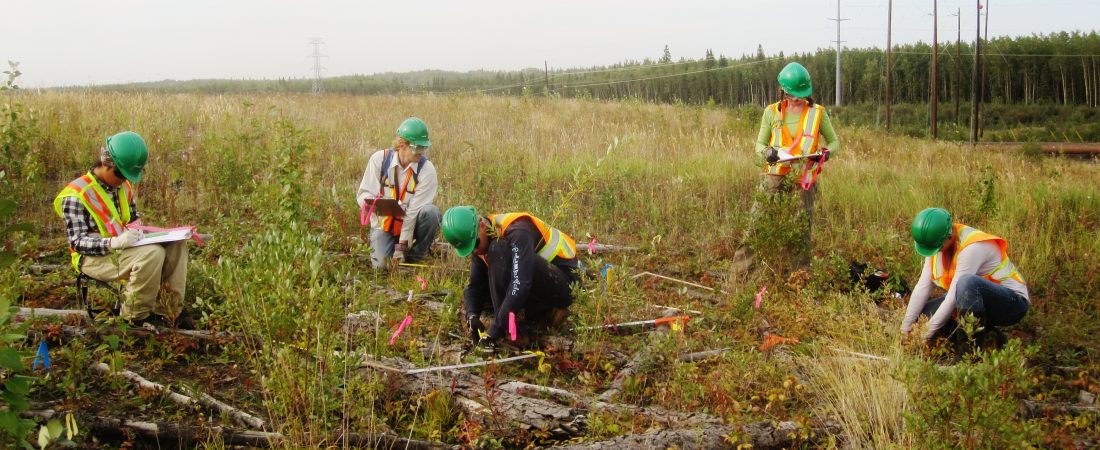 Oil Sands Reclamation: Bitumen extraction from oil sands produces large amounts of waste which is deposited in tailings ponds. Extraction involves removing surface soil materials like topsoil, mineral fines and glacial till, collectively called overburden. each of these substrates requires reclamation to restore hydrology, soil and vegetation to equivalent land capability.
Oil Sands Reclamation: Bitumen extraction from oil sands produces large amounts of waste which is deposited in tailings ponds. Extraction involves removing surface soil materials like topsoil, mineral fines and glacial till, collectively called overburden. each of these substrates requires reclamation to restore hydrology, soil and vegetation to equivalent land capability.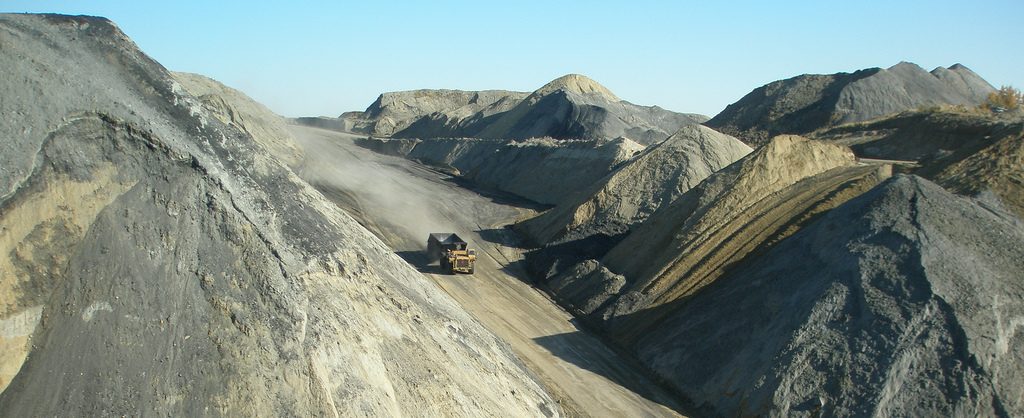 Coal And Metal Mine Reclamation: Coal and metal open pit mining can create large landscape scale disturbances. Reclamation involves soil, vegetation and hydrologic development for a variety of end land uses. Various practices, including natural recovery, bioengineering, anthroposol construction, planting techniques and end pit lake community development are the focus of our research.
Coal And Metal Mine Reclamation: Coal and metal open pit mining can create large landscape scale disturbances. Reclamation involves soil, vegetation and hydrologic development for a variety of end land uses. Various practices, including natural recovery, bioengineering, anthroposol construction, planting techniques and end pit lake community development are the focus of our research.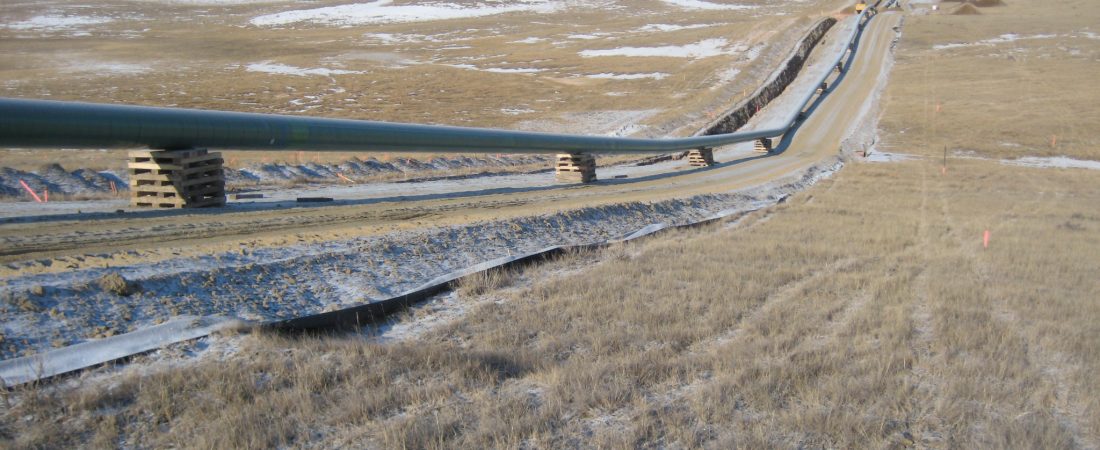 Oil And Gas Reclamation: Various disturbances in the oil and gas industry, including pipelines and well sites and their associated facilities, are being researched to develop optimal reclamation and revegetation practices. Topics of research include effectiveness of natural recovery and seeding, effect of grazing during early reclamation years, impact of annual and perennial weed species and off set distances for rare plant species. Research foci are on newly developed and older historical sites to determine soil and plant community development in early successional stages and over the longer term.
Oil And Gas Reclamation: Various disturbances in the oil and gas industry, including pipelines and well sites and their associated facilities, are being researched to develop optimal reclamation and revegetation practices. Topics of research include effectiveness of natural recovery and seeding, effect of grazing during early reclamation years, impact of annual and perennial weed species and off set distances for rare plant species. Research foci are on newly developed and older historical sites to determine soil and plant community development in early successional stages and over the longer term.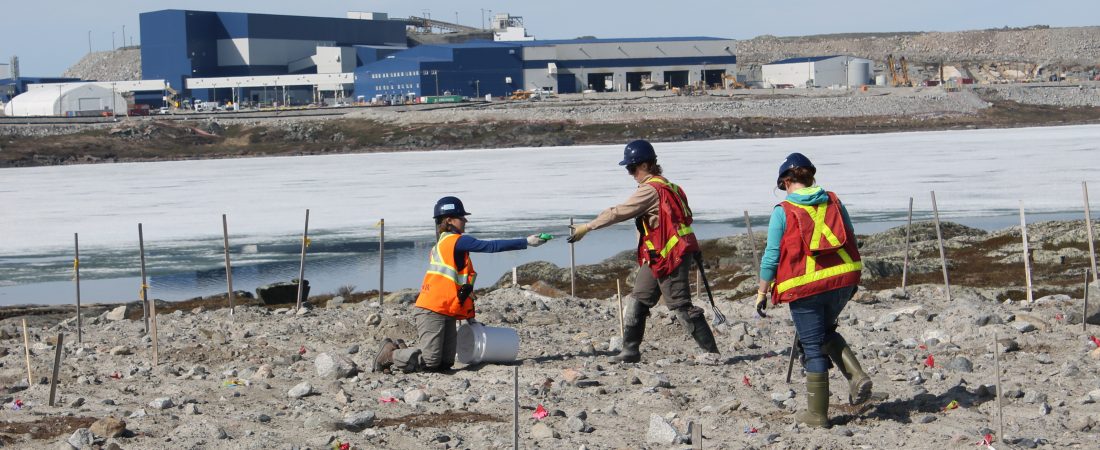 Diamond Mine Reclamation: Reclamation of diamond mines focuses on disturbed areas such as gravel roads, gravel pads, waste rock, till stockpiles and processed kimberlite containment facilities. Reclamation involves reestablishment of soil processes and development of native plant communities including a diversity of shrub, grass, forb and bryophyte species.
Diamond Mine Reclamation: Reclamation of diamond mines focuses on disturbed areas such as gravel roads, gravel pads, waste rock, till stockpiles and processed kimberlite containment facilities. Reclamation involves reestablishment of soil processes and development of native plant communities including a diversity of shrub, grass, forb and bryophyte species.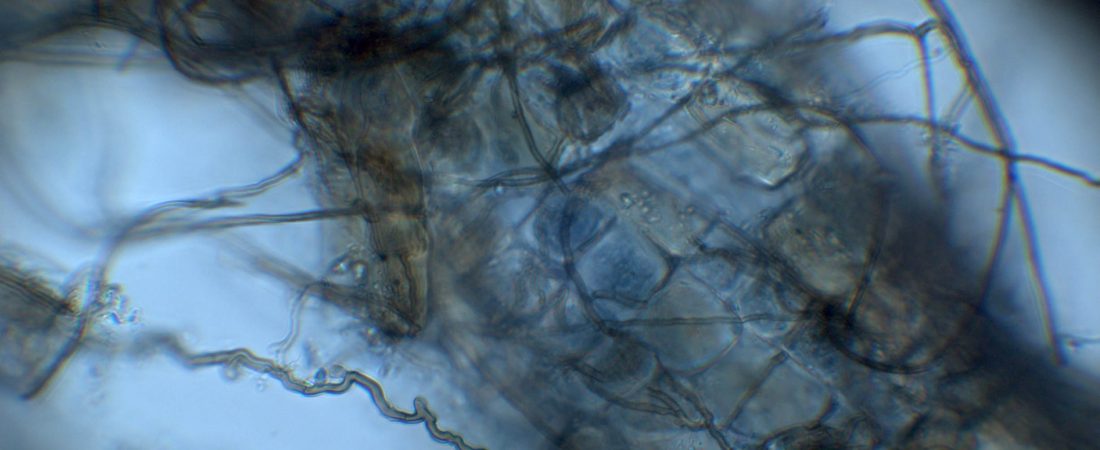 Microbiology Of Reclaimed Sites: Mycorrhizal associations and other bacterial and fungal associations can be important in reclamation to establish native plant species and ecological processes. The role and magnitude of importance of these associations is being addressed for revegetation with various native plant species. Such associations are being studied at reclamation sites in difficult environments such as diamond kimberlite tailings in the arctic and limestone quarries in the mountains and tropics.
Microbiology Of Reclaimed Sites: Mycorrhizal associations and other bacterial and fungal associations can be important in reclamation to establish native plant species and ecological processes. The role and magnitude of importance of these associations is being addressed for revegetation with various native plant species. Such associations are being studied at reclamation sites in difficult environments such as diamond kimberlite tailings in the arctic and limestone quarries in the mountains and tropics.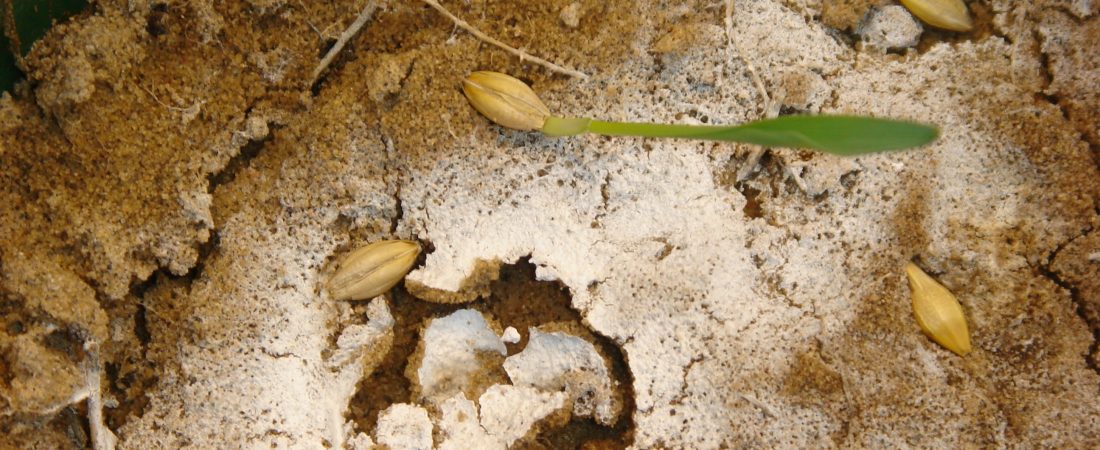 Reclamation With Waste And Novel Products: Organic amendments to enhance degraded soils have limited availability, thus industry, agricultural and municipal by products can be a cost effective option for reclamation and industry. For example, processed kimberlite, tailings, limestone kiln dust, lake sediment, sewage sludge, municipal solid waste and drywall compost can provide organic matter and nutrients and increase porosity and water and nutrient retention. Research focuses on reclamation potential of these products.
Reclamation With Waste And Novel Products: Organic amendments to enhance degraded soils have limited availability, thus industry, agricultural and municipal by products can be a cost effective option for reclamation and industry. For example, processed kimberlite, tailings, limestone kiln dust, lake sediment, sewage sludge, municipal solid waste and drywall compost can provide organic matter and nutrients and increase porosity and water and nutrient retention. Research focuses on reclamation potential of these products.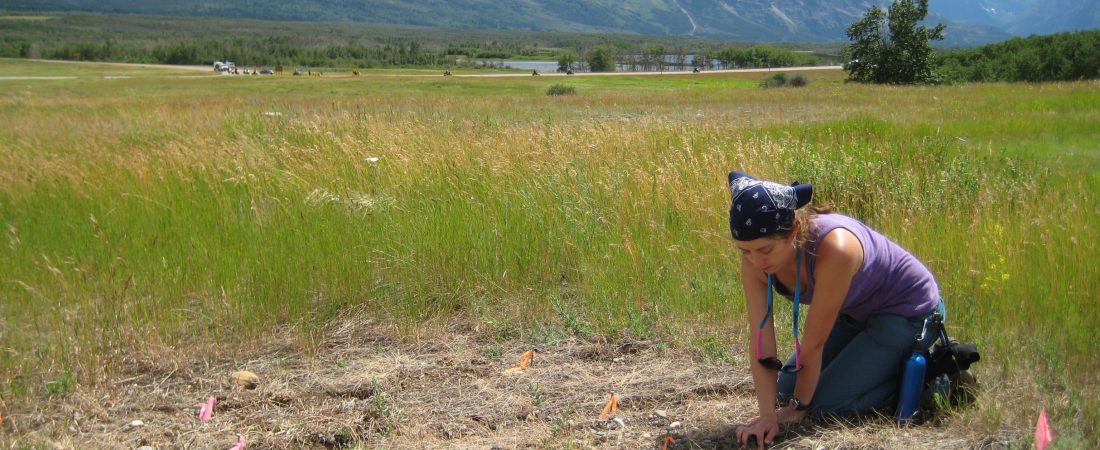 National Parks And Protected Areas Restoration: Since establishment over 100 years ago, national park lands in Canada have been disturbed by historical uses, resource extraction, road development and recreation. Disturbances include landfills, snow dumping areas for highway crews, wood lots for unloading and bucking logs and eroded slopes in recreation areas. Restoration must be ecologically sensitive and involves identifying degraded conditions, contaminant remediation, soil construction with organic and locally produced amendments and revegetation with diverse native seed mixes and transplanted vegetation to conditions similar to undisturbed communities.
National Parks And Protected Areas Restoration: Since establishment over 100 years ago, national park lands in Canada have been disturbed by historical uses, resource extraction, road development and recreation. Disturbances include landfills, snow dumping areas for highway crews, wood lots for unloading and bucking logs and eroded slopes in recreation areas. Restoration must be ecologically sensitive and involves identifying degraded conditions, contaminant remediation, soil construction with organic and locally produced amendments and revegetation with diverse native seed mixes and transplanted vegetation to conditions similar to undisturbed communities.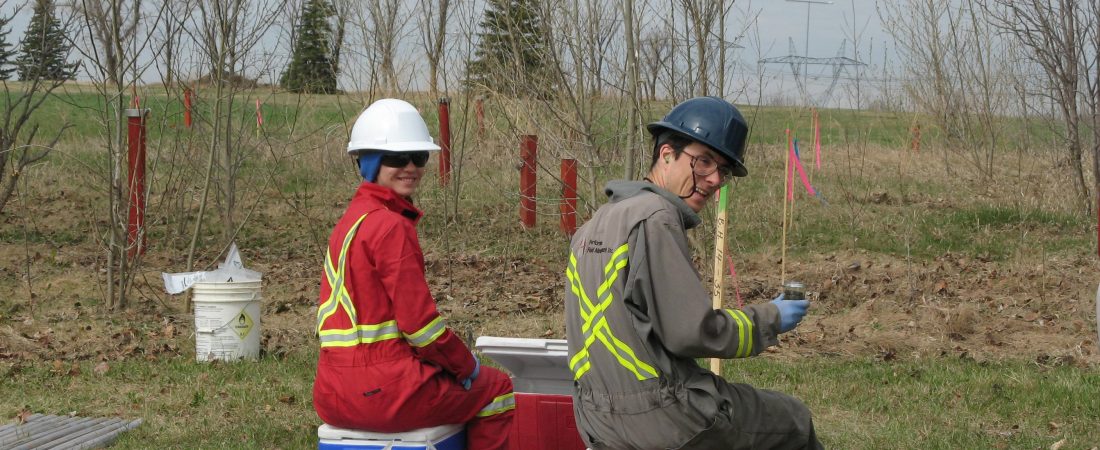 Contaminated Soil And Water Remediation: Industrial activities often result in soil contamination. Some common contaminants are diesel fuel, crude oil, BTEX and metals. Conventional remediation methods are costly and involve soil excavation and landfilling. Bioremediation relies on natural soil microbial populations to degrade contaminants and can be employed in situ or ex situ. Soil is inoculated or microbial populations enhanced with soil amendments and aeration. Establishment of vegetation can accelerate bioremediation by providing nutrients for microorganisms. Controlled greenhouse and field scale experiments are being conducted.
Contaminated Soil And Water Remediation: Industrial activities often result in soil contamination. Some common contaminants are diesel fuel, crude oil, BTEX and metals. Conventional remediation methods are costly and involve soil excavation and landfilling. Bioremediation relies on natural soil microbial populations to degrade contaminants and can be employed in situ or ex situ. Soil is inoculated or microbial populations enhanced with soil amendments and aeration. Establishment of vegetation can accelerate bioremediation by providing nutrients for microorganisms. Controlled greenhouse and field scale experiments are being conducted.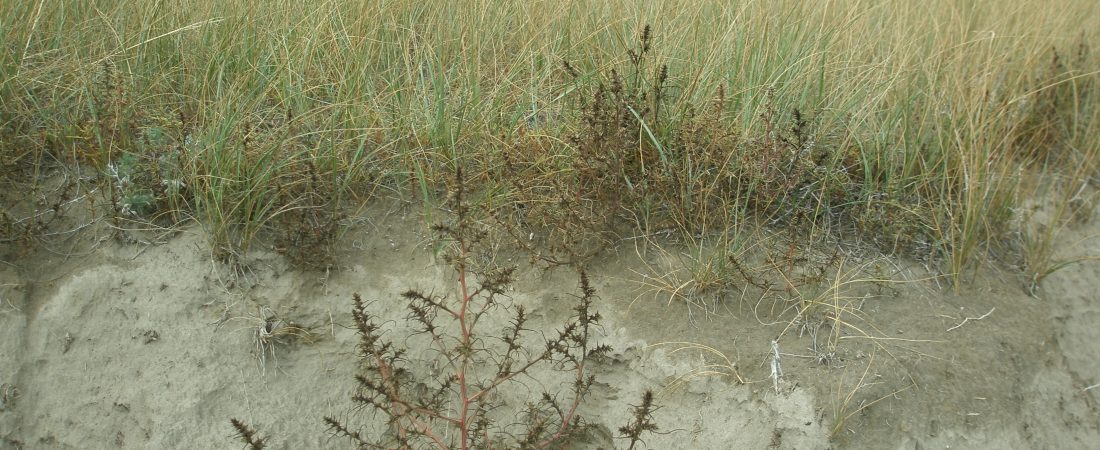 Invasive Plant Ecology And Management: Non native plants, introduced accidentally or intentionally for reclamation or agriculture, can dominate a site and encroach on adjacent native plant communities. These species can be invasive and negatively impact the composition, structure and function of native ecosystems. Effective methods to manage the species can include mowing, burning, herbicide application, steaming and changes in land management practices.
Invasive Plant Ecology And Management: Non native plants, introduced accidentally or intentionally for reclamation or agriculture, can dominate a site and encroach on adjacent native plant communities. These species can be invasive and negatively impact the composition, structure and function of native ecosystems. Effective methods to manage the species can include mowing, burning, herbicide application, steaming and changes in land management practices.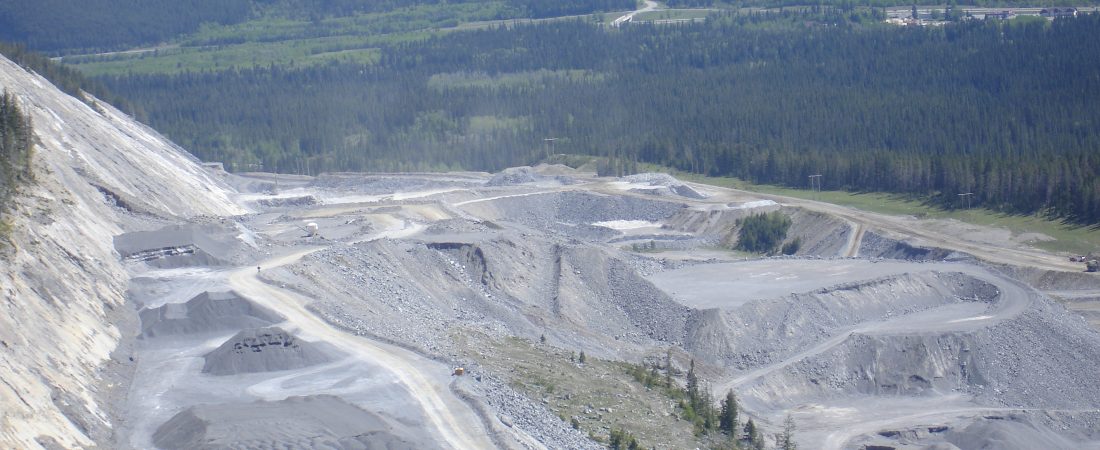 Quarry And Pit Reclamation: Pit and quarry disturbances create inhospitable environments that require soil building and revegetation. Reclamation techniques include use of locally available soil amendments, native seed mixes, erosion control and integrated pest and wildlife management during sensitive reclamation stages. Soil amendments can be organic such as compost, biosolids, LFH mineral soil mix, sawdust, manure, hay, straw, wood shavings; mineral materials such as lake sediment, topsoil, clean fill; and inorganic such as fertilizer. Revegetation incorporates diverse seed mixes, transplanting and natural recovery.
Quarry And Pit Reclamation: Pit and quarry disturbances create inhospitable environments that require soil building and revegetation. Reclamation techniques include use of locally available soil amendments, native seed mixes, erosion control and integrated pest and wildlife management during sensitive reclamation stages. Soil amendments can be organic such as compost, biosolids, LFH mineral soil mix, sawdust, manure, hay, straw, wood shavings; mineral materials such as lake sediment, topsoil, clean fill; and inorganic such as fertilizer. Revegetation incorporates diverse seed mixes, transplanting and natural recovery.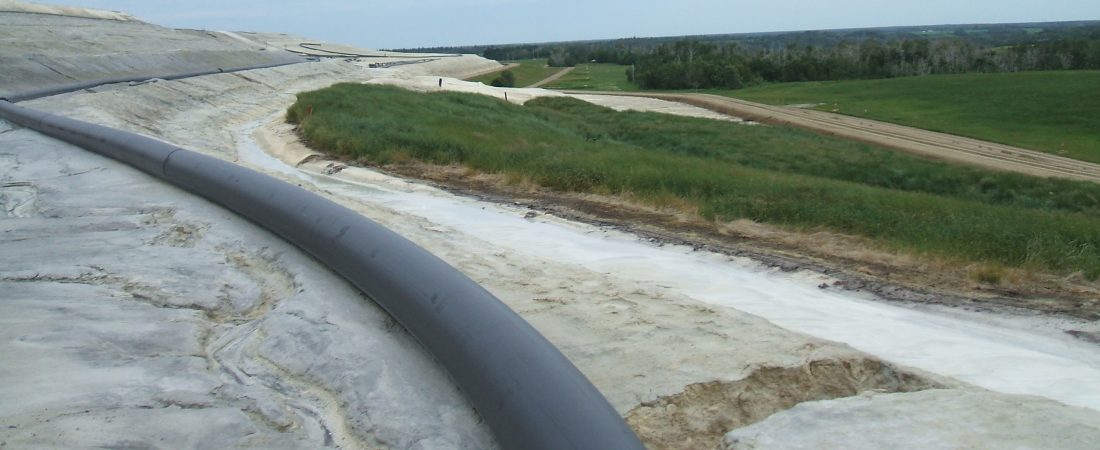 Other Reclamation Research: Various other anthropogenic and natural disturbances, of large and small spatial extents, are part of our research program, such as reclamation of phosphogypsum stacks for decommissioning. Research has soil and vegetation components, with hydrologic and microbiological links. Our work addresses early genesis of disturbed systems and long term trajectories to determine plant community and soil development. Areas of focus include bioengineering, phytoremediation, development of microsites and their role in revegetation, seed germination enhancement and development of anthroposols.
Other Reclamation Research: Various other anthropogenic and natural disturbances, of large and small spatial extents, are part of our research program, such as reclamation of phosphogypsum stacks for decommissioning. Research has soil and vegetation components, with hydrologic and microbiological links. Our work addresses early genesis of disturbed systems and long term trajectories to determine plant community and soil development. Areas of focus include bioengineering, phytoremediation, development of microsites and their role in revegetation, seed germination enhancement and development of anthroposols.
Our research takes place on lands mainly disturbed by human use; lands impacted by natural resource development such as pipelines, mines, well sites, quarries and roadways; lands used for industry, agriculture, grazing, forestry and recreation; national parks and protected areas; contaminated and abandoned lands. We research remediation, revegetation and soil reconstruction; accelerating soil-plant community development; plant species selection and establishment; impacts of non native species on native plant communities; bioengineering; native plants, their mycorrhizae and microbial communities; soil remediation, bioremediation and phytoremediation; soil amendments, particularly waste products such as compost, manure, sewage sludge and biosolids; and development of anthroposols.